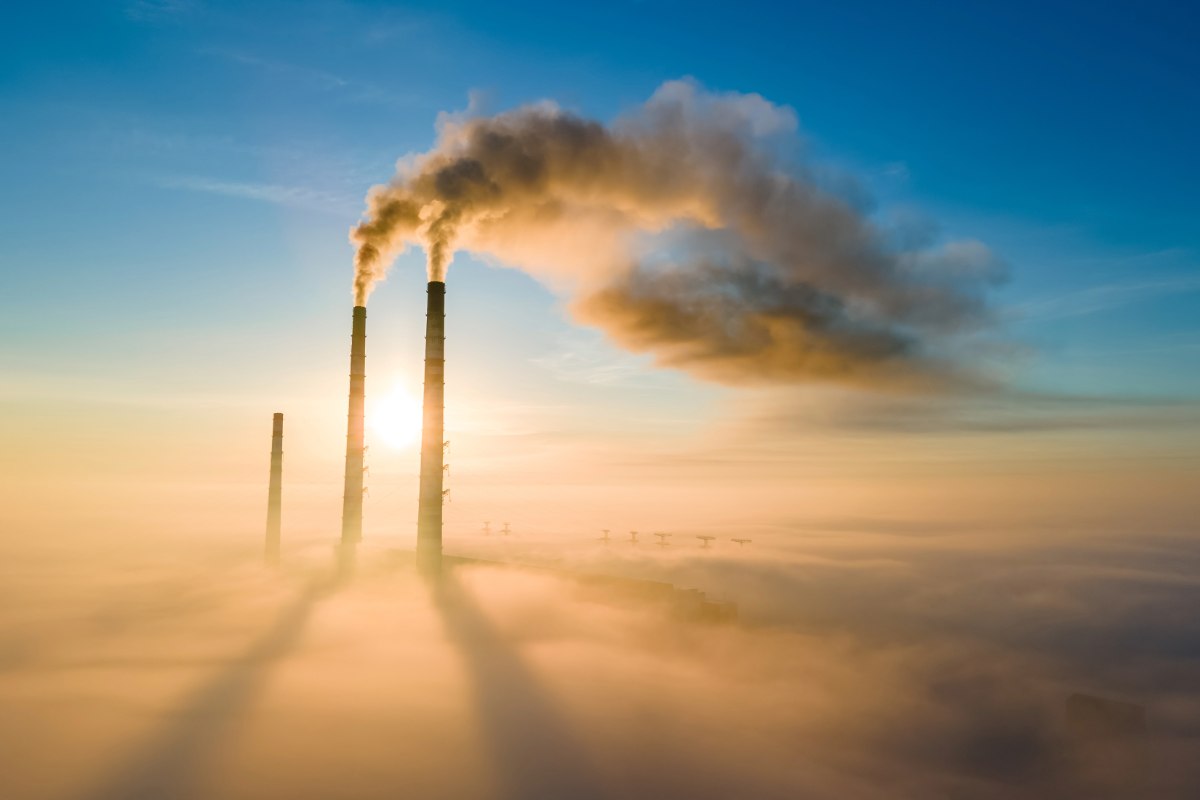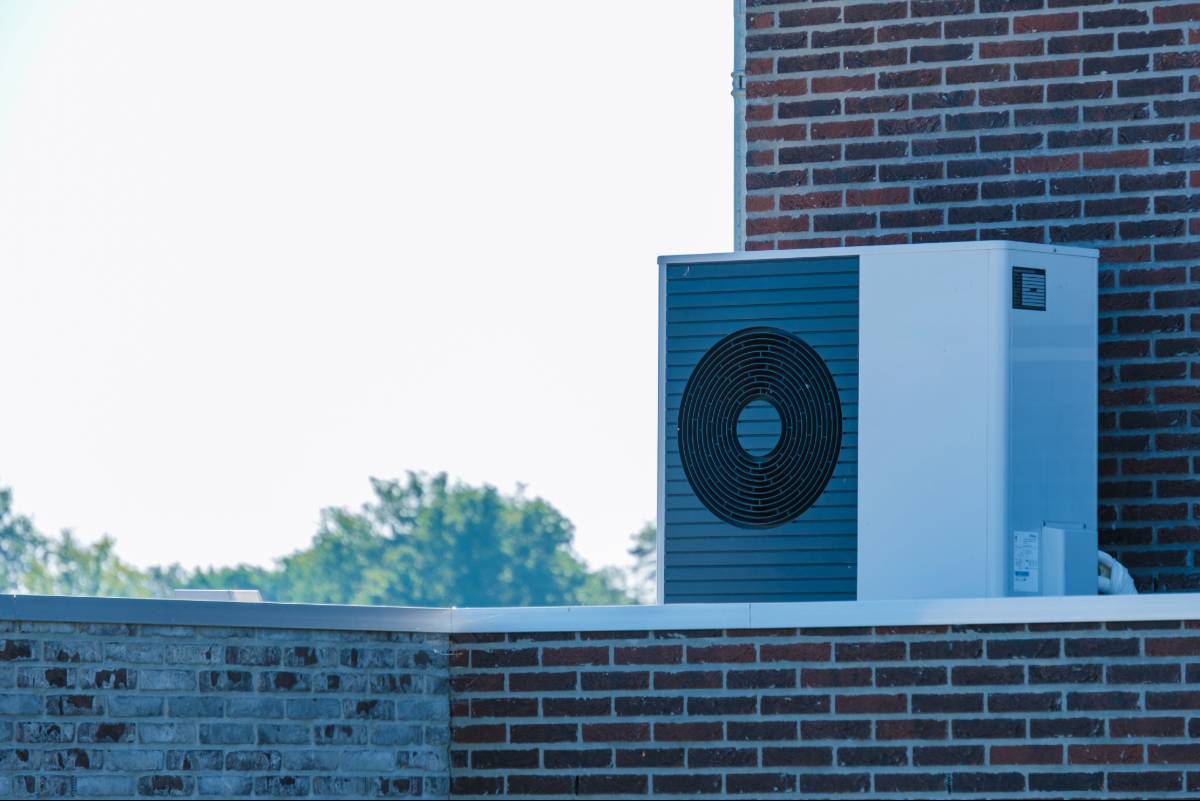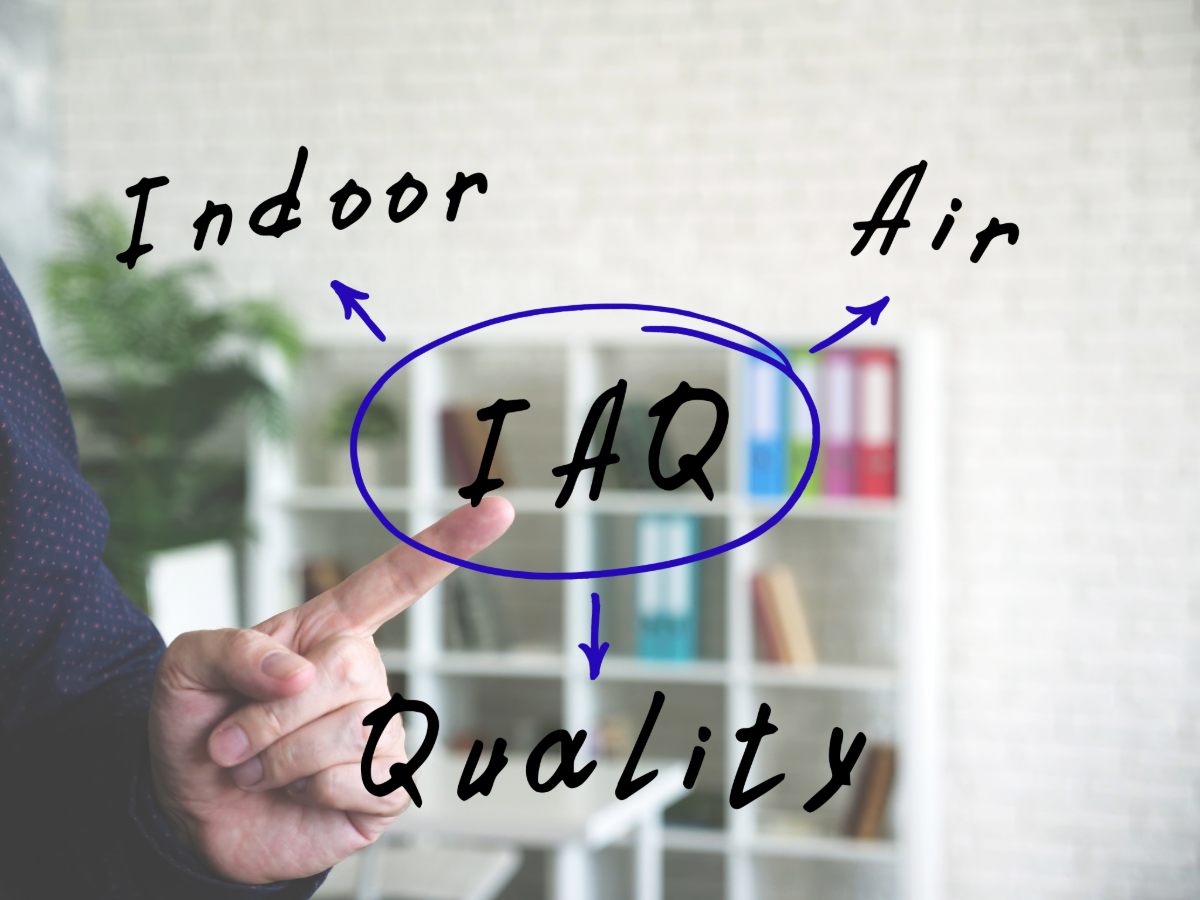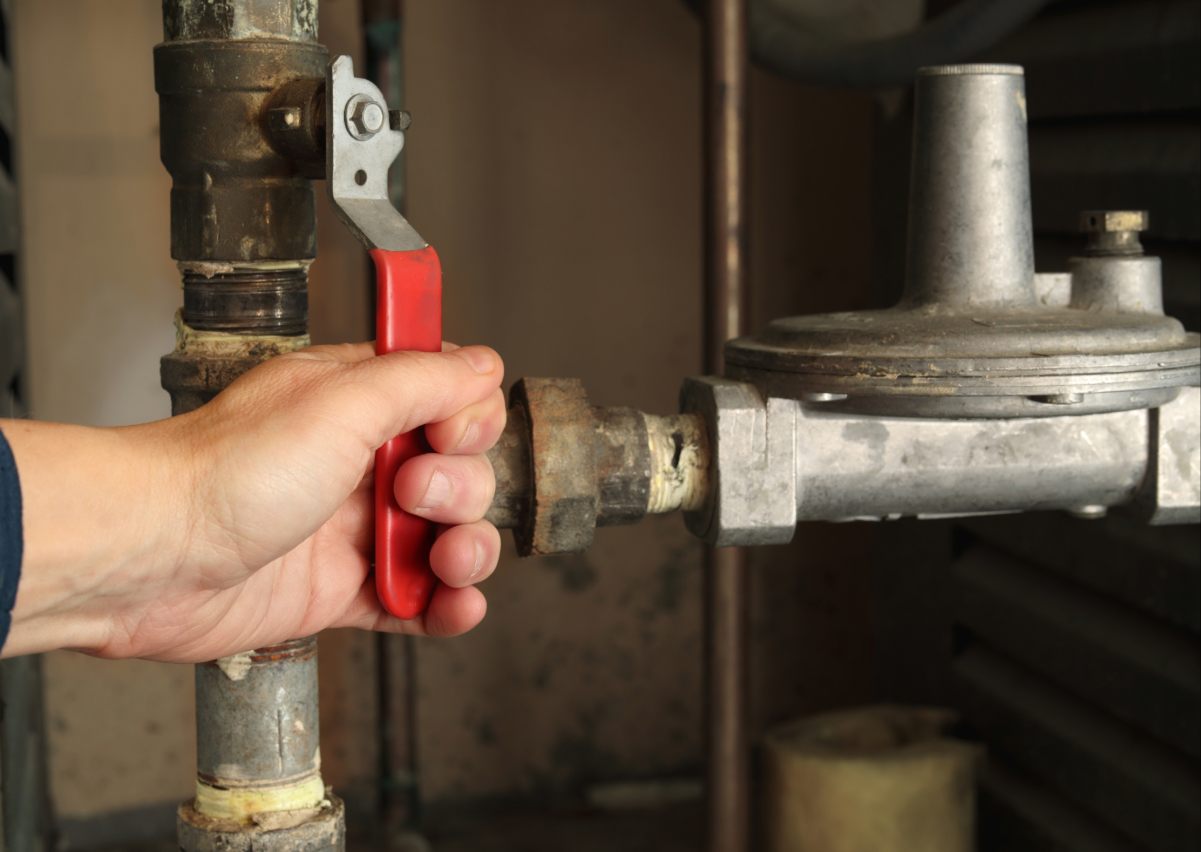SUMMARY: Commercial HVAC systems are a major source of greenhouse gas emissions, but there are effective strategies available to reduce their impact. From upgrading equipment and switching to low-GWP refrigerants to adopting smart controls and electrification, businesses can make measurable progress toward sustainability goals. This blog outlines practical reduction strategies that facility managers and building owners can begin implementing today.
—
Understanding Greenhouse Gas Emissions
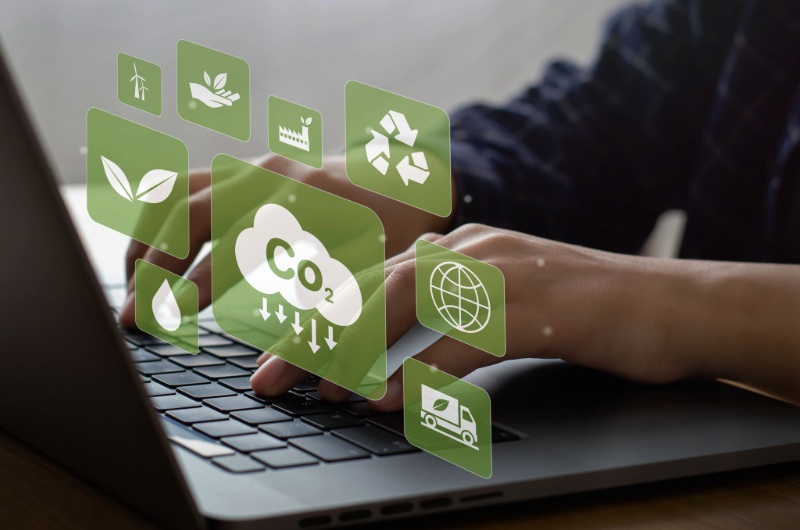
In New York City and other urban environments, commercial buildings are significant contributors to greenhouse gas emissions. HVAC systems, which are essential for indoor climate control, can be among the largest energy consumers in a facility. As a result, improving HVAC efficiency is a powerful and necessary step toward achieving broader environmental goals and regulatory compliance.
At Air Ideal, we work with commercial clients across the NY Metro area and Long Island to implement sustainable, energy-efficient HVAC systems. Whether you manage a large office building, retail space, or mixed-use property, reducing greenhouse gas emissions should be a key part of your long-term strategy.
Why HVAC Emissions Matter
The HVAC sector contributes heavily to carbon emissions through both energy use and the release of high global warming potential (GWP) refrigerants. As older systems age, their inefficiencies grow, often leading to unnecessary energy waste and environmental harm. To meet city, state, and federal emission targets, many businesses are now turning to proven reduction strategies that lower their carbon footprint without sacrificing comfort or system reliability.
Strategy 1: Upgrade to Low-GWP Refrigerants
One of the most effective ways to cut greenhouse gas emissions is to transition to low-GWP refrigerants. Many traditional refrigerants, such as R-22 and R-410A, are being phased out due to their high environmental impact. Today’s advanced HVAC systems are designed to operate with low-GWP alternatives that significantly reduce potential greenhouse gas releases during leaks or maintenance.
By proactively upgrading your equipment, you not only stay ahead of regulatory changes, but also invest in a cleaner future for your building and community.
UNDERSTANDING THE IMPORTANCE OF R-454B: WHAT TO KNOW
Strategy 2: Improve Energy Efficiency
Energy-efficient HVAC design and regular preventative maintenance can substantially reduce emissions. Modern equipment uses variable-speed motors, high-efficiency compressors, and smarter zoning capabilities to optimize performance while using less energy. Our factory-certified technicians help identify opportunities for upgrades, system recalibration, and performance improvements that align with your building’s unique demands.
Simple steps like sealing ducts, replacing filters, and scheduling routine tune-ups can lead to measurable reductions in energy use and greenhouse gas emissions.
Strategy 3: Integrate Smart Controls
Smart thermostats and building management systems allow facility managers to monitor and control HVAC performance in real time. These technologies adjust temperatures automatically based on occupancy, time of day, or outside weather conditions, which prevents unnecessary energy use and improves indoor comfort.
By using data to drive decisions, smart controls enable your HVAC system to work more efficiently and respond more precisely to demand, helping to reduce your environmental impact.
Strategy 4: Electrify HVAC Systems
Electrification is a growing trend in commercial HVAC. By replacing gas-fired boilers or furnaces with electric heat pumps, buildings can shift away from fossil fuels and toward cleaner energy sources, especially when paired with a renewable electricity supply. Our experienced design and engineering team can guide you through the process of evaluating your current system, estimating cost savings, and implementing electrification in a way that meets your energy and performance goals.
Strategy 5: Retrofit Rather Than Replace
Not every building is ready for a full HVAC system replacement, especially in historic or complex properties. Retrofitting older systems with more efficient components, such as variable frequency drives (VFDs), high-efficiency fans, and upgraded control systems, can extend the life of existing infrastructure while lowering greenhouse gas emissions.
Our team customizes retrofit solutions to match the layout, size, and energy profile of your facility, giving you a cost-effective path toward sustainability.
TRANSITIONING FROM FOSSIL FUELS TO RENEWABLE ENERGY SOURCES
Strategy 6: Tap into Renewable Energy
Pairing HVAC systems with renewable energy sources, such as solar panels or geothermal heat pumps, is an advanced but increasingly viable reduction strategy. Geothermal systems, in particular, offer consistent heating and cooling by drawing energy from the earth itself. Air Ideal specializes in designing and installing geothermal systems for commercial properties seeking long-term efficiency and minimal emissions.
Partner with Air Ideal for Greener HVAC Solutions
Reducing greenhouse gas emissions is no longer optional for commercial buildings, it is a necessity. From advanced design and engineering to award-winning service and sustainable technologies, we help commercial clients build greener, more efficient HVAC systems tailored to their needs.Looking for greener solutions in NYC? Contact us today to explore customized greenhouse gas reduction strategies for your facility and take the next step toward a cleaner, more sustainable future.
